
April 04, 2025
Bulletin interne de l'Institut Pasteur

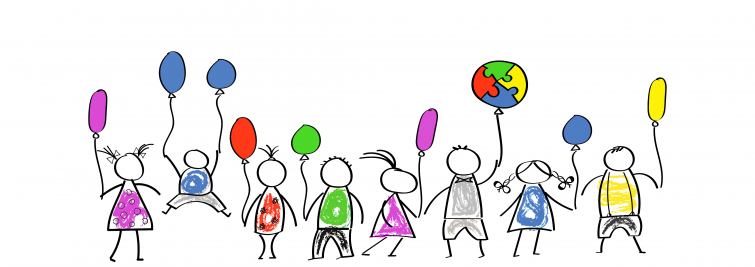
World Autism Awareness Day: three questions to Thomas Bourgeron
On March 31, 2003, an international team led by psychiatrists Professor Christopher Gillberg and Professor Marion Leboyer and geneticist Professor Thomas Bourgeron first revealed the existence of genetic mutations involved in autism. This was the start of a new era for the medical and scientific communities and for the families of people with autism.
More than 20 years after the discovery, scientists in international consortia are currently focusing their efforts on large-scale studies and participatory research to elucidate the complex mechanisms involved in autism, which combine genetic and environmental factors, and to move towards a system of personalized support.
In 2007, the United Nations introduced World Autism Awareness Day, celebrated on April 2 every year and represented by the color blue, to raise public awareness of autism spectrum disorder and promote social inclusion for people with autism.
To mark the occasion, the newsletter team conducted a three-question interview with Thomas Bourgeron which you can read in this week's issue. And check out the front of the Emile Duclaux building, which will be lit up in blue as a sign of the Institut Pasteur's support.
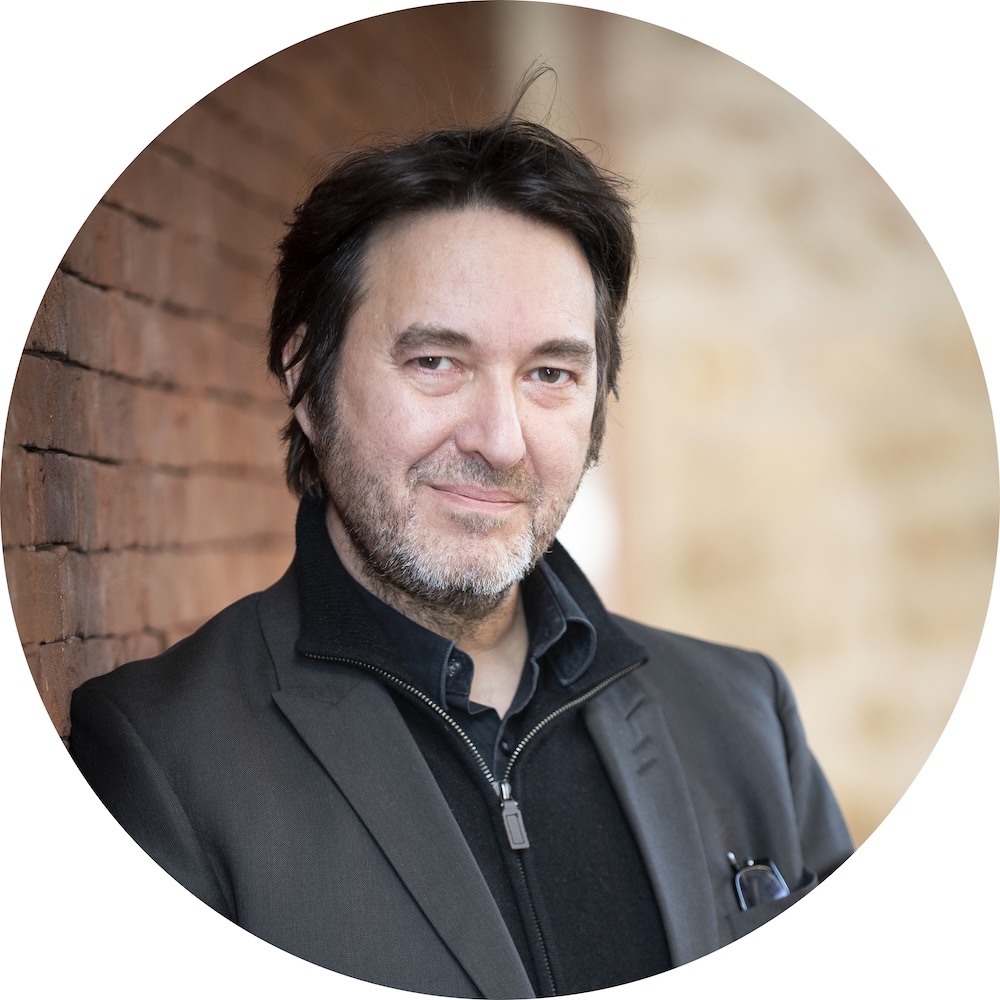 Three questions to Thomas Bourgeron
Three questions to Thomas Bourgeron
1- Could you briefly introduce yourself for any Institut Pasteur staff who don’t know you?

I started with chess, then music, before turning my attention to plant biology. At the time, as an enzymologist, every week I peeled four kilos of potatoes to isolate succinate dehydrogenase in potato mitochondria!
I then completed a PhD on mitochondrial diseases under the supervision of Pierre Rustin and Agnès Rötig, in Arnold Munnich's laboratory. I gradually became a geneticist, identifying the first nuclear mutations affecting the Krebs cycle and the respiratory chain in humans. These mutations caused severe neurological disorders in newborn infants.
I obtained a lectureship and joined Marc Fellous' laboratory at the Institut Pasteur, where I worked on sex determination and male infertility with Ken McElreavey. When I identified a new gene in a region associated with psychiatric disorders, my interest turned to autism, and in 2003 I identified the first genes involved in the condition. At that time there were three of us in the laboratory: Hélène Quach, a technician, Stéphane Jamain, a PhD student, and myself. We worked closely with the psychiatrists Marion Leboyer in France and Christopher Gillberg in Sweden.
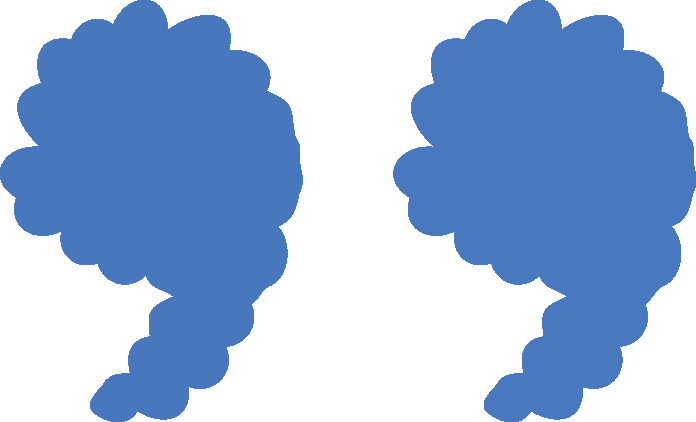
2- Could you explain how your research took you outside the walls of your laboratory?
 The identification of the first genes associated with autism was a major breakthrough on several levels. First, it helped ease the guilt felt by parents, who had long been considered as responsible for their children's autism. Mothers in particular were accused of being cold and rejecting their babies.
The identification of the first genes associated with autism was a major breakthrough on several levels. First, it helped ease the guilt felt by parents, who had long been considered as responsible for their children's autism. Mothers in particular were accused of being cold and rejecting their babies.
Our findings also overturned the notion that autism was an exclusively multigenic condition. In the cases that we identified, a single genetic variation – among more than three billion letters in the genome! – was all it took to cause major difficulties in cognitive development, social interactions and language.
Finally, these genes encode proteins that are essential for the functioning of synapses, the points of contact between neurons. This discovery paved the way for the identification of several other genes involved and led to a better understanding of the underlying mechanisms, and the development of targeted clinical trials for patients experiencing major difficulties.

3- What initiatives are you involved in, what associations are you in contact with, and how will World Autism Awareness Day on April 2 provide you with more visibility among the general public and key public stakeholders?
 Genetics is the science of diversity, and our team is committed to both improving the care pathway for people with autism – from diagnosis to clinical trials – and increasing recognition of neurodiversity. Since we are not all neurotypical, society needs to do more to support atypical individuals, whether at school, at work or in all aspects of daily life.
Genetics is the science of diversity, and our team is committed to both improving the care pathway for people with autism – from diagnosis to clinical trials – and increasing recognition of neurodiversity. Since we are not all neurotypical, society needs to do more to support atypical individuals, whether at school, at work or in all aspects of daily life.
This means reducing the stigma that people with autism and their families face on a daily basis, and also adapting support measures to meet the needs and wishes of each individual. Our aim is for each person, including those with vulnerabilities, to be able to represent themselves and achieve their full potential. This is an achievable challenge as long as we all work together and join our efforts.

*Thomas Bourgeron recently received the Jean Valade Senior Researcher Award from the Fondation de France for his entire career and especially his research on child brain development.
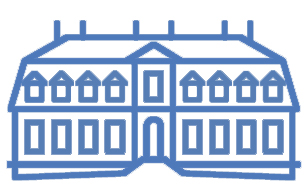 Going blue to keep uniting scientists, clinicians, patients, families and organizations
Going blue to keep uniting scientists, clinicians, patients, families and organizations
The color blue, chosen for its calming and soothing effect, was initially used for an awareness campaign led by the US non-profit organization Autism speaks. Since then, blue has been used as the symbol for World Autism Awareness Day – but it is also combined with other colors like red and green.
To demonstrate its support, the Institut Pasteur lit up the façade of the historical Émile Duclaux building in blue during the night of April 1 to 2, sending a clear message to all passers-by and motorists on Rue du Docteur Roux.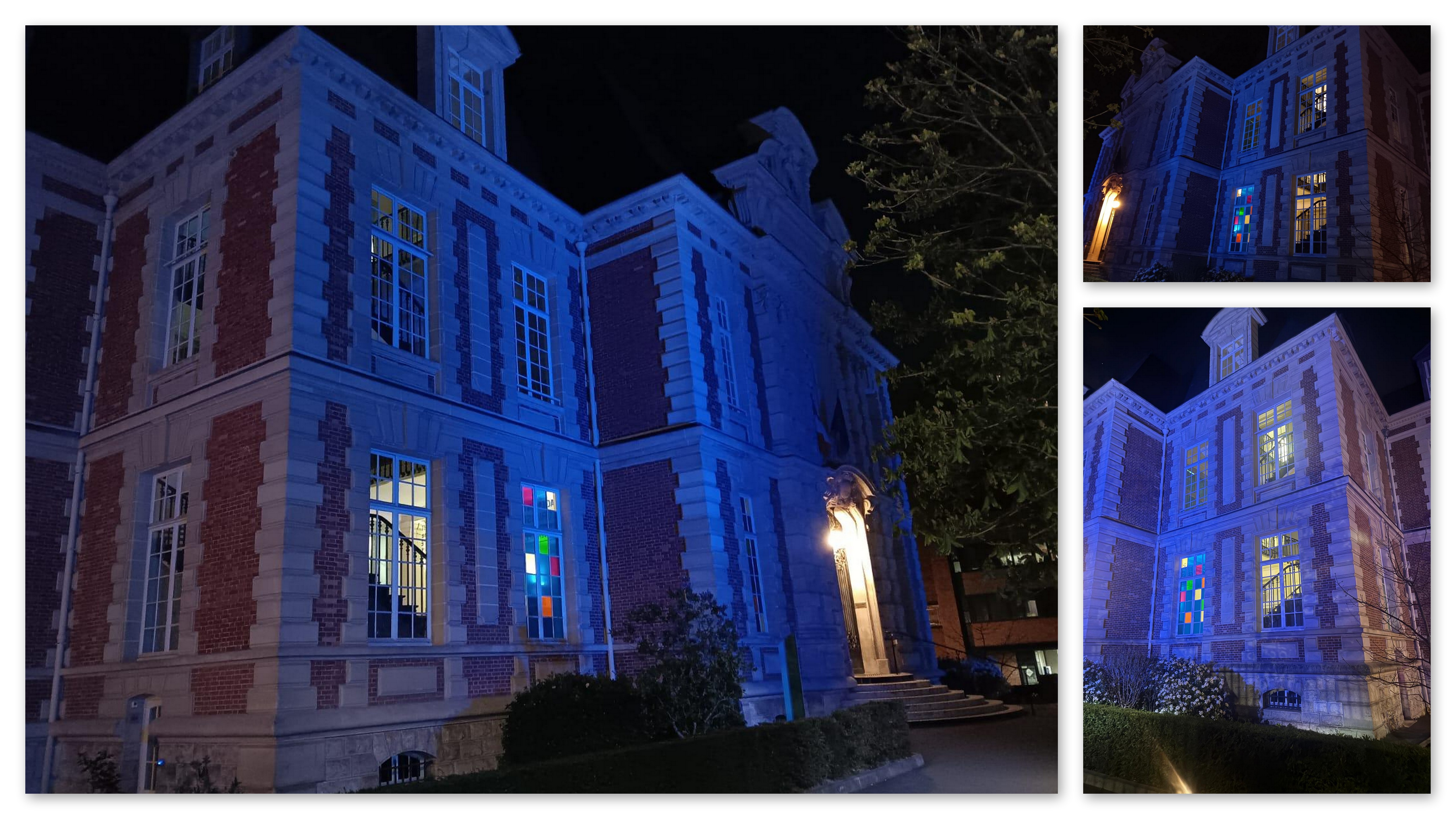
Many thanks to the Institut Pasteur's technical teams and Security Department for their support in making this initiative possible.